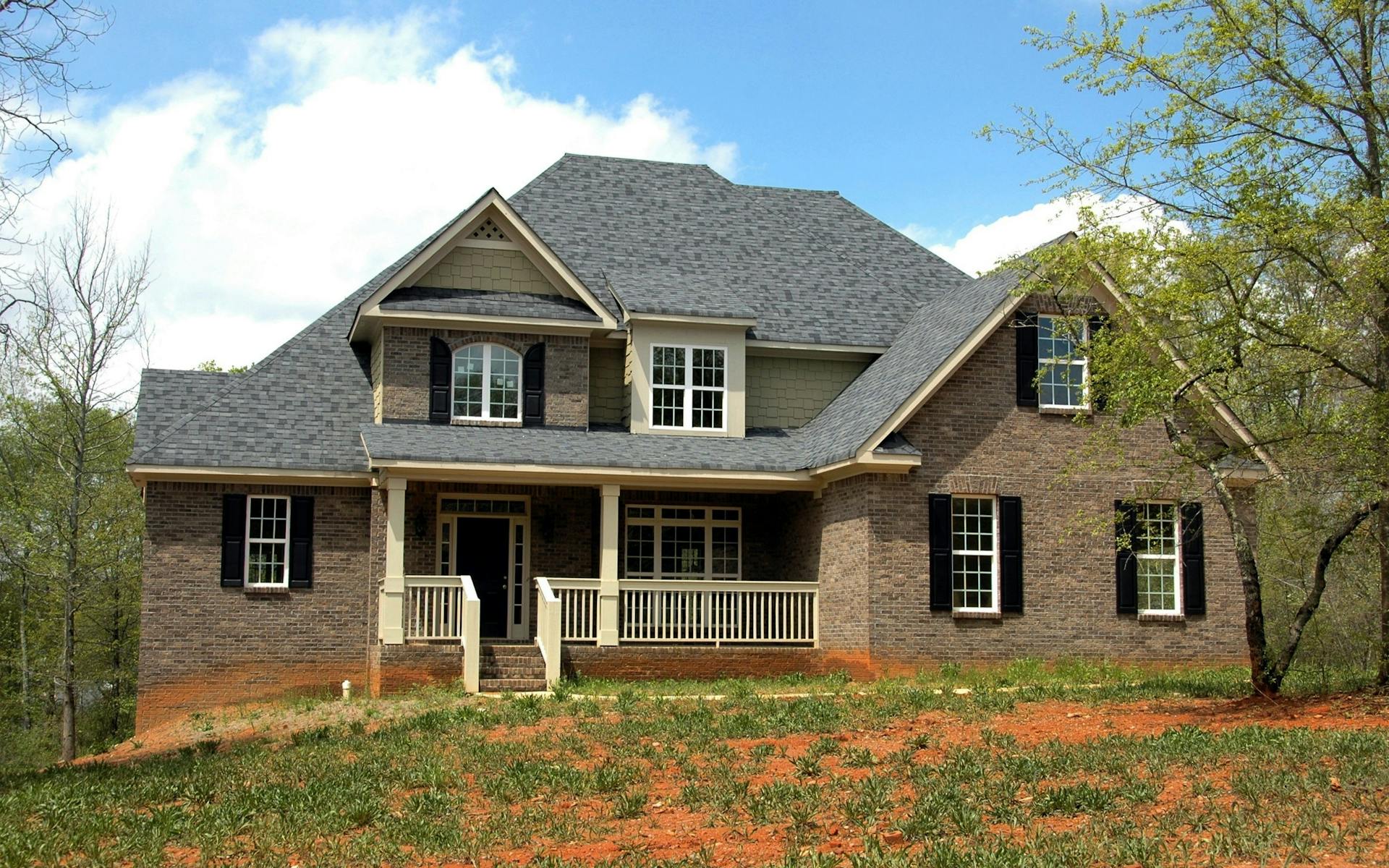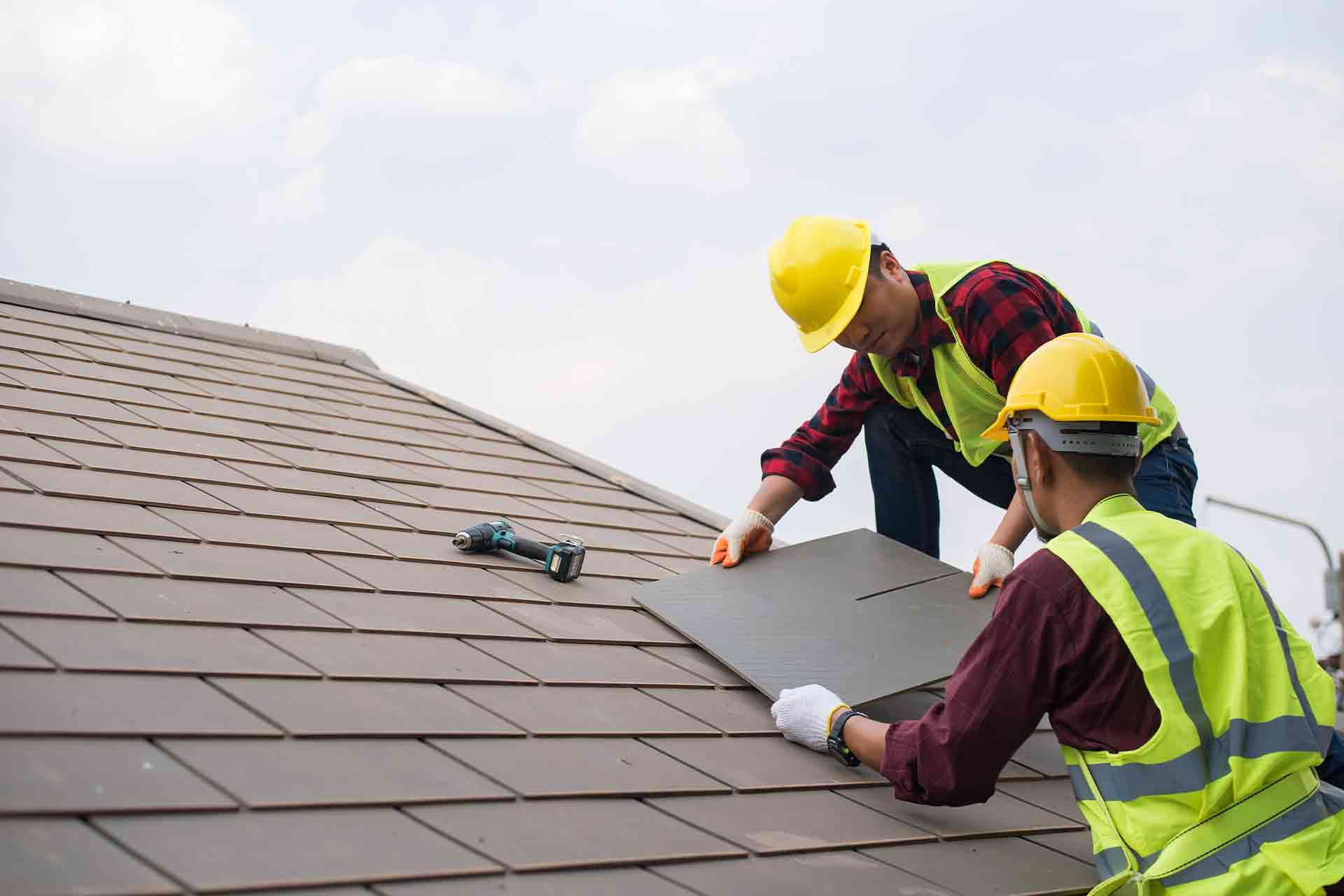
Summer brings long days, bright skies, and plenty of sunshine—but while that’s great for your backyard plans, it can be brutal on your roof. Prolonged sun exposure, especially during the hottest months of the year, can cause unseen damage that compromises your roof’s performance over time. For homeowners, knowing the signs of sun damage and what to do about them can help prevent expensive repairs or full replacements down the road.
At Fletcher Roofing, we’ve seen firsthand how heat and UV radiation can silently wear down roofing materials—even those that are relatively new. Below, we’ll break down how the sun affects your roof, what warning signs to look for, and how to protect your home moving forward.
The sun emits ultraviolet (UV) radiation and intense heat that can break down roofing materials slowly but steadily. Over time, this leads to structural weakening, aesthetic issues, and increased vulnerability to wind, water, and temperature changes.
Here’s how the damage happens:
While all roofs are built to withstand sunlight, years of exposure without regular maintenance can accelerate the wear and tear.
You don’t need to get on your roof to spot trouble. Here are some key signs of sun damage you can identify from the ground—or with a quick professional inspection from Fletcher Roofing:
One of the earliest signs of UV exposure is noticeable fading. Shingles may look lighter in some areas, especially those that face direct afternoon sun. While fading alone doesn’t mean your roof has failed, it can be a visual indicator of underlying wear.
As shingles lose their flexibility due to heat and UV damage, they can begin to curl at the edges or warp. This opens the door for water intrusion and can eventually lead to leaks, especially after a storm.
Heat-damaged shingles often become brittle and may crack or break under minimal stress. If you notice broken pieces in your gutters or on the ground after a storm, it could be a sign your roof is becoming fragile.
Shingle granules help reflect UV rays and protect the asphalt underneath. As these granules wear off from constant sun exposure, shingles become more vulnerable. Check your gutters or downspouts for granule buildup—if you see a sandy residue, your shingles may be deteriorating.
Excessive sun exposure can also weaken the roof deck beneath your shingles. This can lead to soft spots or sagging, especially when combined with water intrusion from storms. These signs require immediate attention.
If you’ve noticed any of the symptoms above—or haven’t had your roof professionally inspected in the past year—it’s time to take action. Here’s what we recommend:
Our team at Fletcher Roofing can perform a thorough inspection to assess sun damage and spot any hidden issues before they escalate. We’ll give you a full report and honest recommendations on whether repair or replacement is needed.
If your roof is due for replacement, ask about heat-resistant or reflective roofing options that are designed to better withstand UV exposure. These materials can reduce heat absorption and increase the lifespan of your roof.
Regular roof maintenance—such as replacing damaged shingles, resealing flashing, and cleaning debris—can extend the life of your roof and reduce the effects of sun damage over time.
Your roof is your home’s first line of defense, and sun damage can quietly weaken it long before a leak appears. August is the perfect time to evaluate your roof’s condition and prepare for the months ahead.
At Fletcher Roofing, we provide expert inspections, repairs, and replacements with quality workmanship and honest advice. Whether you’re concerned about heat damage or just want peace of mind before fall arrives, we’re here to help.Contact us today to schedule your free roof inspection and protect your home from the top down.Summer brings long days, bright skies, and plenty of sunshine—but while that’s great for your backyard plans, it can be brutal on your roof. Prolonged sun exposure, especially during the hottest months of the year, can cause unseen damage that compromises your roof’s performance over time. For homeowners, knowing the signs of sun damage and what to do about them can help prevent expensive repairs or full replacements down the road.
At Fletcher Roofing, we’ve seen firsthand how heat and UV radiation can silently wear down roofing materials—even those that are relatively new. Below, we’ll break down how the sun affects your roof, what warning signs to look for, and how to protect your home moving forward.
The sun emits ultraviolet (UV) radiation and intense heat that can break down roofing materials slowly but steadily. Over time, this leads to structural weakening, aesthetic issues, and increased vulnerability to wind, water, and temperature changes.
Here’s how the damage happens:
While all roofs are built to withstand sunlight, years of exposure without regular maintenance can accelerate the wear and tear.
You don’t need to get on your roof to spot trouble. Here are some key signs of sun damage you can identify from the ground—or with a quick professional inspection from Fletcher Roofing:
One of the earliest signs of UV exposure is noticeable fading. Shingles may look lighter in some areas, especially those that face direct afternoon sun. While fading alone doesn’t mean your roof has failed, it can be a visual indicator of underlying wear.
As shingles lose their flexibility due to heat and UV damage, they can begin to curl at the edges or warp. This opens the door for water intrusion and can eventually lead to leaks, especially after a storm.
Heat-damaged shingles often become brittle and may crack or break under minimal stress. If you notice broken pieces in your gutters or on the ground after a storm, it could be a sign your roof is becoming fragile.
Shingle granules help reflect UV rays and protect the asphalt underneath. As these granules wear off from constant sun exposure, shingles become more vulnerable. Check your gutters or downspouts for granule buildup—if you see a sandy residue, your shingles may be deteriorating.
Excessive sun exposure can also weaken the roof deck beneath your shingles. This can lead to soft spots or sagging, especially when combined with water intrusion from storms. These signs require immediate attention.
If you’ve noticed any of the symptoms above—or haven’t had your roof professionally inspected in the past year—it’s time to take action. Here’s what we recommend:
Our team at Fletcher Roofing can perform a thorough inspection to assess sun damage and spot any hidden issues before they escalate. We’ll give you a full report and honest recommendations on whether repair or replacement is needed.
If your roof is due for replacement, ask about heat-resistant or reflective roofing options that are designed to better withstand UV exposure. These materials can reduce heat absorption and increase the lifespan of your roof.
Regular roof maintenance—such as replacing damaged shingles, resealing flashing, and cleaning debris—can extend the life of your roof and reduce the effects of sun damage over time.
Your roof is your home’s first line of defense, and sun damage can quietly weaken it long before a leak appears. August is the perfect time to evaluate your roof’s condition and prepare for the months ahead.
At Fletcher Roofing, we provide expert inspections, repairs, and replacements with quality workmanship and honest advice. Whether you’re concerned about heat damage or just want peace of mind before fall arrives, we’re here to help. Contact us today to schedule your free roof inspection and protect your home from the top down.

Fields marked with an * are required